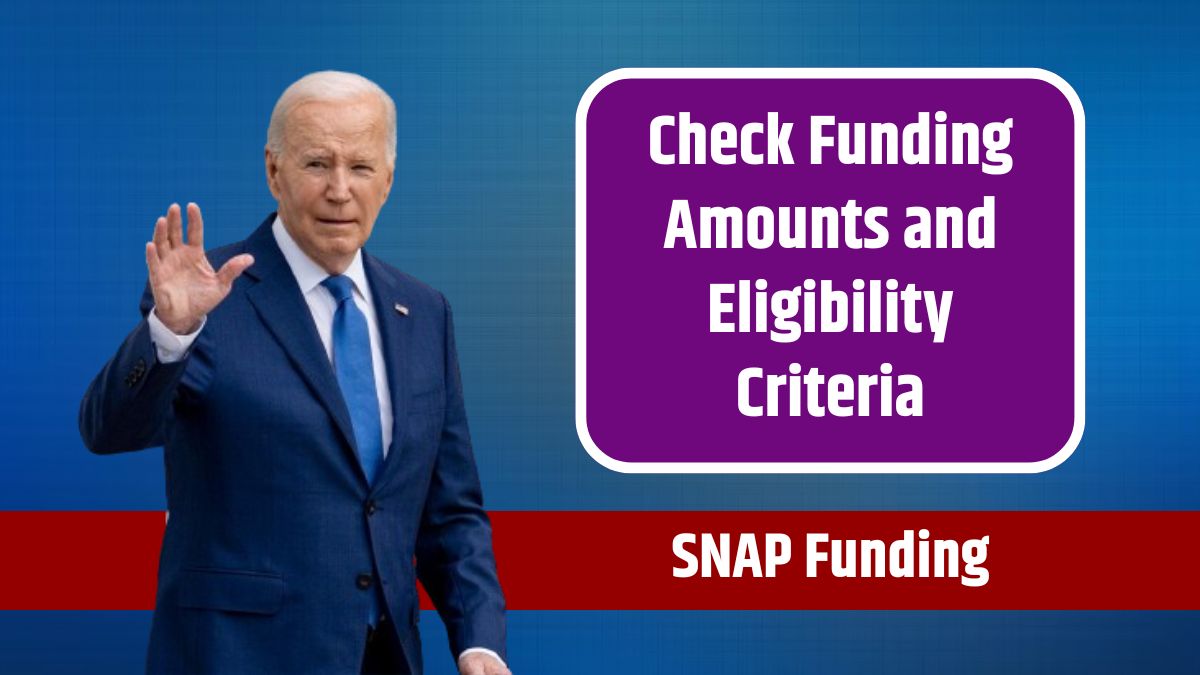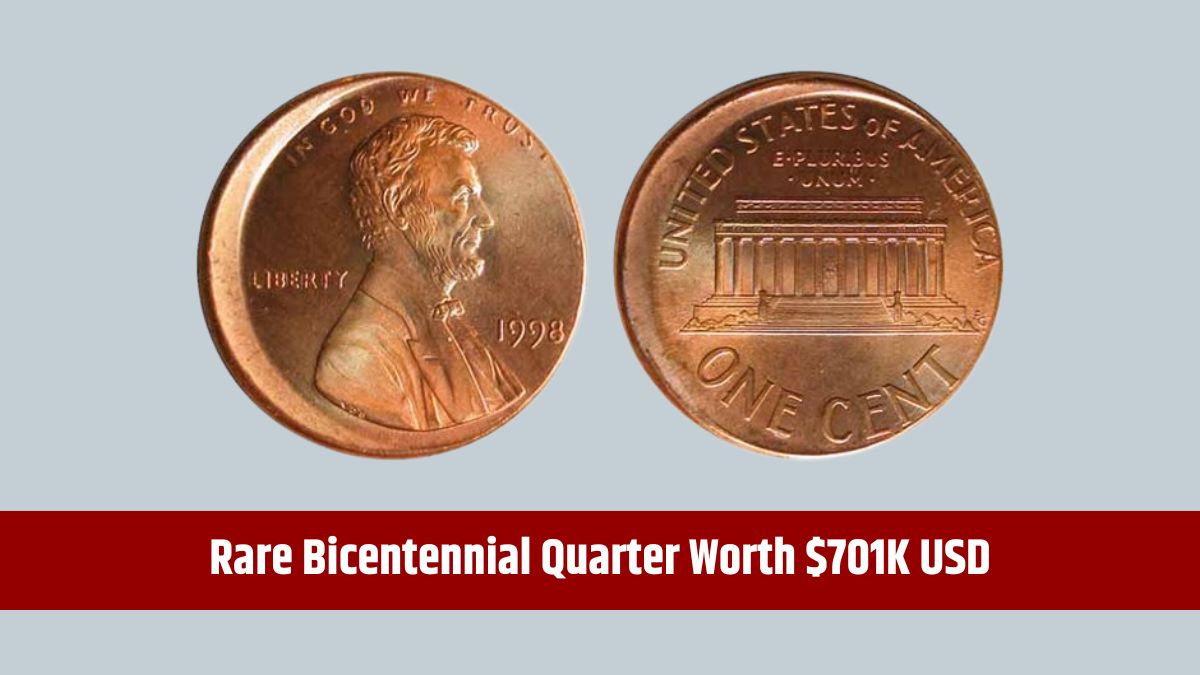The federal government is stepping up efforts to combat SNAP (Supplemental Nutrition Assistance Program) benefit fraud, providing states with additional funding to improve program security. This initiative is part of a broader effort to ensure that the benefits reach the people who genuinely need them while cracking down on the increasing instances of fraud.
In response to a significant rise in stolen benefit claims, the U.S. Department of Agriculture (USDA) has issued grants to various states. These funds are intended to support investments in fraud detection technology, education, and prevention programs. This financial boost is critical to reducing the volume of fraudulent activities targeting SNAP benefits and ensuring program integrity.
Vulnerability
SNAP benefits are distributed through Electronic Benefit Transfer (EBT) cards, which function like debit cards. Recipients use these cards to purchase groceries, with funds loaded monthly. Unfortunately, like regular debit and credit cards, EBT cards are susceptible to fraud. Phishing, skimming, and cloning have become common methods used by scammers to steal funds.
The problem is widespread. Just in the second quarter of 2024, the USDA reported 67,496 approved stolen benefit claims, resulting in over $32 million in unauthorized payments. The sheer scale of these losses underscores the urgency for stronger fraud-prevention measures.
Federal Funding
In response, the USDA has allocated $4.9 million in grants to ten states to address these issues. This funding will allow state human services and health departments to invest in technologies and strategies aimed at reducing fraud. The states receiving these grants include:
- Illinois Department of Human Services
- Florida Department of Children and Families
- Kentucky Cabinet for Health and Family Services
- Maine Department of Health and Human Services
- Michigan Health and Human Services
- Minnesota Department of Human Services
- Mississippi Department of Human Services
- Montana Department of Public Health and Human Services
- Texas Health and Human Services Commission
- West Virginia Department of Human Services
However, the distribution of funds is not uniform. Each state receives a different amount based on their specific needs and plans for addressing fraud.
Prevention
The states plan to utilize the funds in a variety of ways. For example, Minnesota will invest in advanced card technology to protect recipients from theft. Meanwhile, Kentucky is focusing on educational campaigns targeted at SNAP recipients, retailers, and local offices to improve awareness about fraud risks and prevention tactics.
Several other states are also implementing specific measures tailored to their needs, such as:
- Media campaigns to inform the public about common theft tactics.
- Training programs for staff to identify fraudulent activities early in the application process.
These strategies aim to bolster the security of SNAP and prevent recipients from falling victim to fraudsters. While the grants offer states more resources to fight fraud, the challenge remains significant, given the sophistication of modern scams.
Restrictions
One important limitation of these grants is that they cannot be used to reimburse recipients whose benefits have already been stolen. States must replace stolen benefits using other funding sources. This rule exists due to federal regulations that mandate the replacement of stolen funds separately from fraud prevention efforts.
Despite this restriction, the grants are a step in the right direction. They will help states proactively prevent theft rather than solely responding to it after the fact.
State Examples
Each state is taking a unique approach to utilizing the grants, addressing specific challenges they face. For example:
- Minnesota: Funds will go toward implementing advanced technology to protect cardholders, such as chips or encryption on EBT cards.
- Kentucky: The state will focus on education, raising awareness about fraud risks among SNAP recipients and educating retailers on how to identify and prevent fraudulent transactions.
These examples demonstrate that states are tailoring their strategies to maximize the effectiveness of the grants.
This effort reflects the USDA’s and the Biden-Harris administration’s commitment to safeguarding SNAP benefits and enhancing the program’s integrity. Deputy Under Secretary for USDA Food, Nutrition, and Consumer Services, Cindy Long, emphasized the importance of these grants in delivering SNAP benefits in a secure manner that best meets the needs of vulnerable households.
With the growing complexity of scams, it’s clear that these grants are a vital tool in ensuring that SNAP continues to serve its intended purpose—helping low-income families access nutritious food while protecting their benefits from theft.
FAQs
How many states received grants to fight SNAP fraud?
Ten states received the grants.
Can the grant money replace stolen benefits?
No, the grants can’t be used for reimbursement.
What are the grants for?
They’re for fraud prevention, education, and detection technology.
How much money did the USDA distribute in grants?
The USDA distributed $4.9 million across ten states.
How was the funding used in Minnesota?
Minnesota invested in secure card technology.






